- Books Name
- Education Vision Political Science Book
- Publication
- PathSet Publications
- Course
- CBSE Class 12
- Subject
- Political Science
NON-ALIGNED MOVEMENT (NAM)
Countries which did not want to become the alliance of US and USSR, wanted to stay out from war and got independence with very difficult at their time.
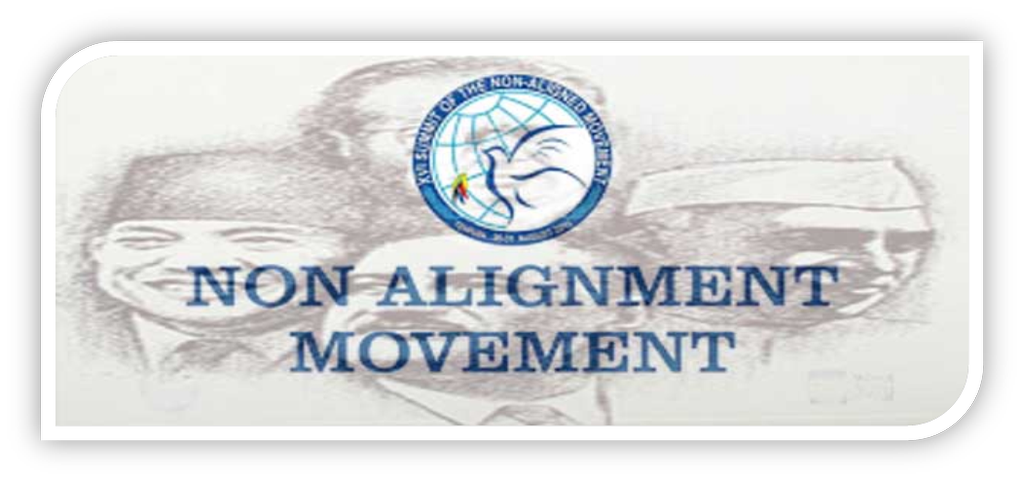
Countries which were in NAM: -
- Yugoslavia – Josip Broz Tito
- India – Jawahar Lal Nehru
- Indonesia – Sukarno
- Egypt – Gamal Abdel Nasser
- Ghana – Kwame Nakrumah
It was initiative by 5 countries for forming a 3rd world.
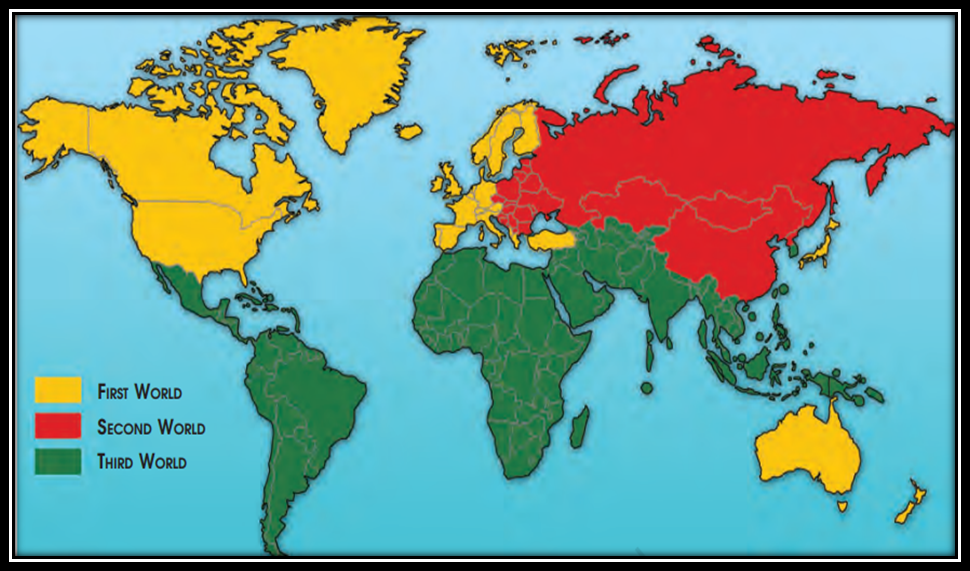
1. Challenge to Bipolarity
- NAM came to challenge US and USSR.

- Newly decolonised countries of Asia, Africa and Latin America were offered a option by NAM to not join any of the alliances and they were included to NAM.
- 1st NAM summit was held in 1961 in Belgrade and was attended by 25 states.
- Latest meeting i.e., 18th summit was held in 2019 at Azerbaijan and was attended by 120 member states and 17 observer countries.
- NAM was mainly founded by 3 leaders – Josip Broz Tito (Yugoslavia), Jawahar Lal Nehru (India) and Gamal Abdel Nasser (Egypt). And were further strongly supported by Sukarno (Indonesia) and Kwame Nkrumah (Ghana).
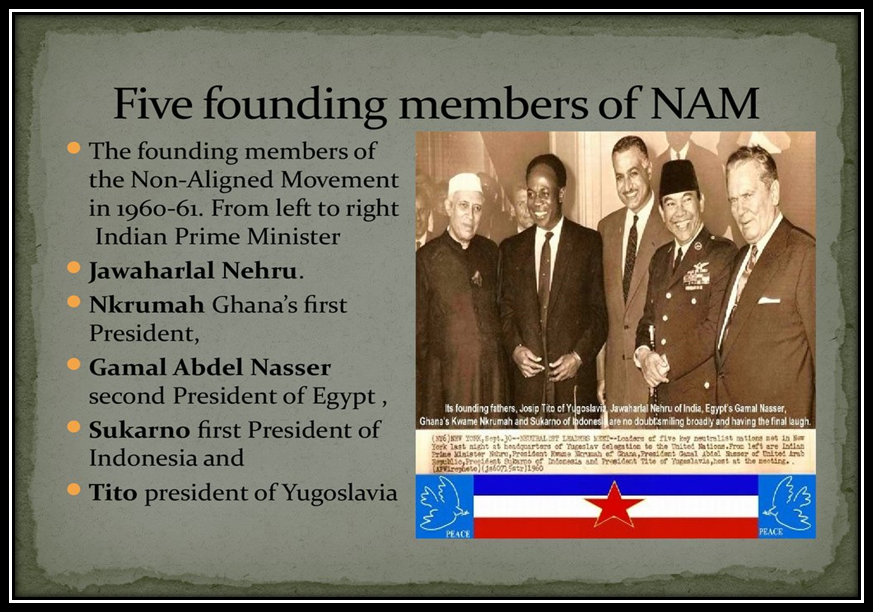
- NAM was defined by 2 Principles which they did not follow:
- Isolation: Remaining aloof from world affairs.
- Neutrality: Staying out of war or not taking any position in war
2. New International Economic Order
- NAM was a mediator between US and USSR but it had its own challenges and Problems:
1. Many countries in NAM came in the category of LDC’s (least developed country), as they were newly decolonised at that time. So, important challenge for NAM was to become economically developed.
2.Development was important because if not then NAM countries would have to been dependent on other rich countries for their needs.
- The idea of NEW INTERNATION ECONOMIC ORDER (NIEO) :
-
- UNCTAD (The United Nations Conference on Trade and Development) brought out a report in 1972.
- Report name/entitled - “Towards a New Trade Policy for Development”
4 reforms of Global trading system were discussed in the Report:
- Give the LDCs control over their natural resources exploited by the western countries,
- Obtain access to Western markets so that the LDC’s could sell their products and, therefore, make a trade more beneficial for poorer countries.
- Reduce the cost of technologies from western countries, and
- Provide the LDC’s with a greater role in international economic situations.
-
- For NAM countries economic issues became important.
-
- In the first summit NAM did not give much importance to economic issue but from mid-1970’s NUM started giving importance to it.
-
- NAM become an economic pressure group in 1970’s.
-
- By 1980’s the reforms started fading/ western countries stopped following it.
-
- And by 1980’s all the western countries united and started opposing the reforms by NIEO
3.India and The Cold War
- The responses of India towards Cold War were in two folds:
- Staying away from alliances i.e., not becoming part of USA or USSR.
- Raising voice against newly decolonized countries becoming part of the alliances, because the they become free from the British rule just at that time.
- India’s Policy:
- India’s policy was neither naïve nor passive.
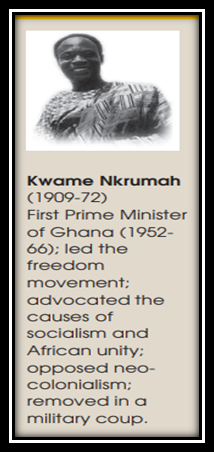
- Non – Alignment was not the policy of “Fleeing Away”
- In fact, India played a big role in softening the cold war rivalries.
- India played a major role reducing the differences between alliances thus preventing it from escalating in a full-scale ware.
- Indian leaders and diplomats used to often communicate to the rivals to mediate the issue, such as in Korean War.
- Most importantly, India also involved and activated regional and international organizations which were not the part of alliances, to soften the situation.
- Nehru also reposed a great faith in “a genuine commonwealth of free and cooperating nations” that would play a positive role in softening, if not ending the war.
- Therefore, we can say India played big role in the war.
The Non-Alignment Policy also benefited India directly in two ways:
- It allowed India to take international decisions and stances that served India its interests rather than the interests of super powers and their allies.
- India had the power to balance one super-power against the other. If India felt ignored or unduly pressurised by one super-power, it tilted towards the other. Therefore, no alliance system could take India for granted or bully it.
India’s Policy of Non-Alignment was often criticized on a number of counts.
Two of them were:
1. UNPRINCIPLED:
India’s NAM was called unprincipled because, in the name of serving personal interests India never used to take a firm stand on the international issues.
2. INCONSISTENT:
India was inconsistent as it often used to take contradictory postures, because India signed Treaty of Friendship with USSR in August 1971 and some people saw it as joining USSR.
Indian Government reply to the criticism was that India needed diplomatic and military support during Bangladesh crisis and that never stopped India from having good relations with US.
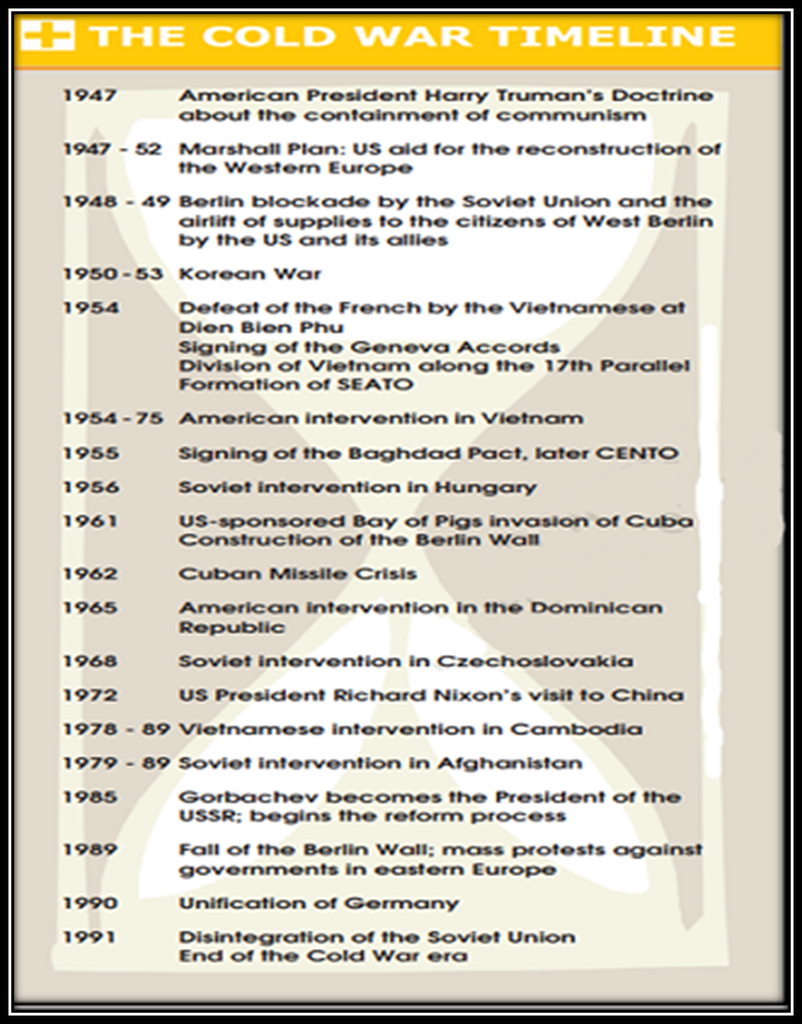

 PathSet Publications
PathSet Publications
